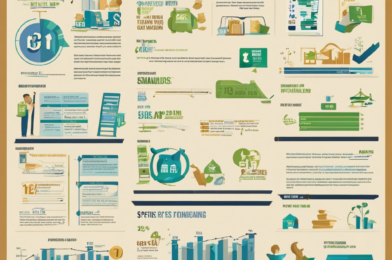Personal finance management is a crucial aspect of our daily lives, yet many individuals fall prey to common mistakes that can hinder their financial success. By being mindful of these pitfalls and implementing sound financial practices, you can better secure your financial future. Here are some key strategies to help you avoid common personal finance mistakes.
One of the most common personal finance mistakes is failing to create a budget. A budget serves as a roadmap for your finances, allowing you to track your income and expenses effectively. By creating a detailed budget that outlines your monthly expenses and savings goals, you can better manage your money and avoid overspending.
Another common mistake is neglecting to save for emergencies. Unexpected expenses can arise at any time, such as medical emergencies or car repairs. By setting aside a portion of your income in an emergency fund, you can ensure that you are prepared for any unforeseen financial challenges that may come your way.
Many individuals also fall into the trap of carrying high-interest debt, such as credit card debt. High-interest debt can quickly spiral out of control and hinder your financial progress. It is essential to prioritize paying off high-interest debt as quickly as possible to avoid accumulating excessive interest charges.
Investing is another area where individuals often make mistakes. Some people may avoid investing altogether out of fear or lack of knowledge, while others may make hasty investment decisions without proper research. It is crucial to educate yourself about different investment options and seek guidance from financial advisors to make informed investment choices.
Lastly, failing to plan for retirement is a significant personal finance mistake. Saving for retirement early and consistently can help you build a secure financial future. By contributing to retirement accounts such as 401(k)s or IRAs, you can take advantage of compound interest and ensure a comfortable retirement lifestyle.
In conclusion, avoiding common personal finance mistakes requires discipline, planning, and financial literacy. By creating a budget, saving for emergencies, paying off high-interest debt, making informed investment decisions, and planning for retirement, you can safeguard your financial well-being and work towards achieving your long-term financial goals. Remember, small changes in your financial habits today can lead to significant benefits in the future.









